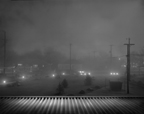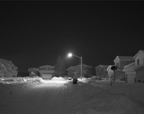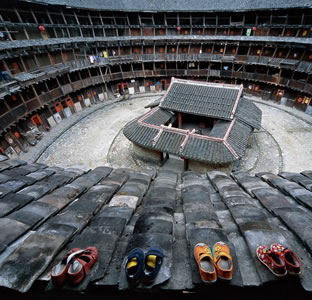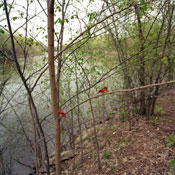A Members' Online Gallery and Fraction Magazine Call for Entries
The Texas Photographic Society is hosting an online exhibit with
Fraction Magazine. Juror and
Fraction Magazine Editor and Cofounder,
David Bram, will select images that he would like to represent in an issue of
Fraction Magazine. First, Second, Third Place and Honorable Mentions will be featured in the January 2011 issue. TPS is inviting amateur and professional photographers to submit digital files of their color and black & white works to TPS by
October 13 for
Best Shot online competition. The
Best Shot will also be exhibited on our
Members' Online Gallery for a month and archived for a year.
About the Juror
David Bram
Editor and Cofounder of Fraction Magazine
Albuquerque, NM
www.fractionmagazine.com
David Bram is a fine art photographer and the editor, founder, and curator of
Fraction Magazine, an online venue dedicated to fine art photography, showcasing the work of both emerging and very established fine art photographers.
Fraction Magazine is now published on a monthly basis.
Fraction Magazine was founded in 2008 and is currently on it’s sixteenth issue and has shown portfolios from more than 85 photographers. Mr. Bram has been reviewing portfolios at various events including Review LA, Review Santa Fe, PhotoNOLA and Fotofest. He was also a juror for Review Santa Fe in 2010 as well as a juror for Critical Mass in 2009 and 2010.
Calendar of Events 2010
October 13
Entries due in San Antonio
October 14
Entries sent to David Bram
November 12
Notification to accepted entrants posted on the TPS website,
www.texasphoto.org.
December 1
Show opens on the Members' Online Gallery.
Rules and Guidelines:
You do not have to be a member of TPS but you may join at a discount when entering the show. The entry fee is $15 for 5 images. You may enter as many times as you like.
To send entries via email:
1. In the body of the email, number each image so that it matches the numbering system according to the files directions below. Be sure to include the title of each image and an artist statement if entering a series or project. We also require contact info, your name, address, city, state, zip code and telephone numbers.
2. Files should be 1000 pixels in the longest dimension saved in the JPEG format on high quality setting (not maximum). Images should be sampled at 72ppi and saved in the sRGB color space.
3. Label each file with consecutive numbers followed by your name. ie 1SamJones, 2SamJones. Also, from a networking standpoint, do not use spaces in the title of the JPEG (use underscores if needed) and limit to only alpha-numeric characters (do not use :.:’”/?}{()[ ]+-=*&^ %$#@!.).
4. If you chose, you may send the credit card information from our secure website:
http://www.king-cart.com/cgi-bin/cart.cgi?store=TPS&product=BestShot10Fee&exact_match=exact. Or you may include a Visa or Mastercard number along with the expiration date, and 3 digit security code in the email.
5. Email files to
Shows@texasphoto.org.
Reproduction
TPS retains the right to display, project and reproduce work accepted for this exhibition for publicity and promotional purposes only. Individual photographers retain Copyrights to their individual works.
Eligibility
The exhibition is open to amateur and professional artists internationally. You may join TPS and enter the competition. Entries must not have been exhibited previously in a TPS show and must have been taken within the last four years.
Questions? Email Clarke at
clarke@texasphoto.org
Original Listing on TPS Site


![]()
![]()



.jpg)
























